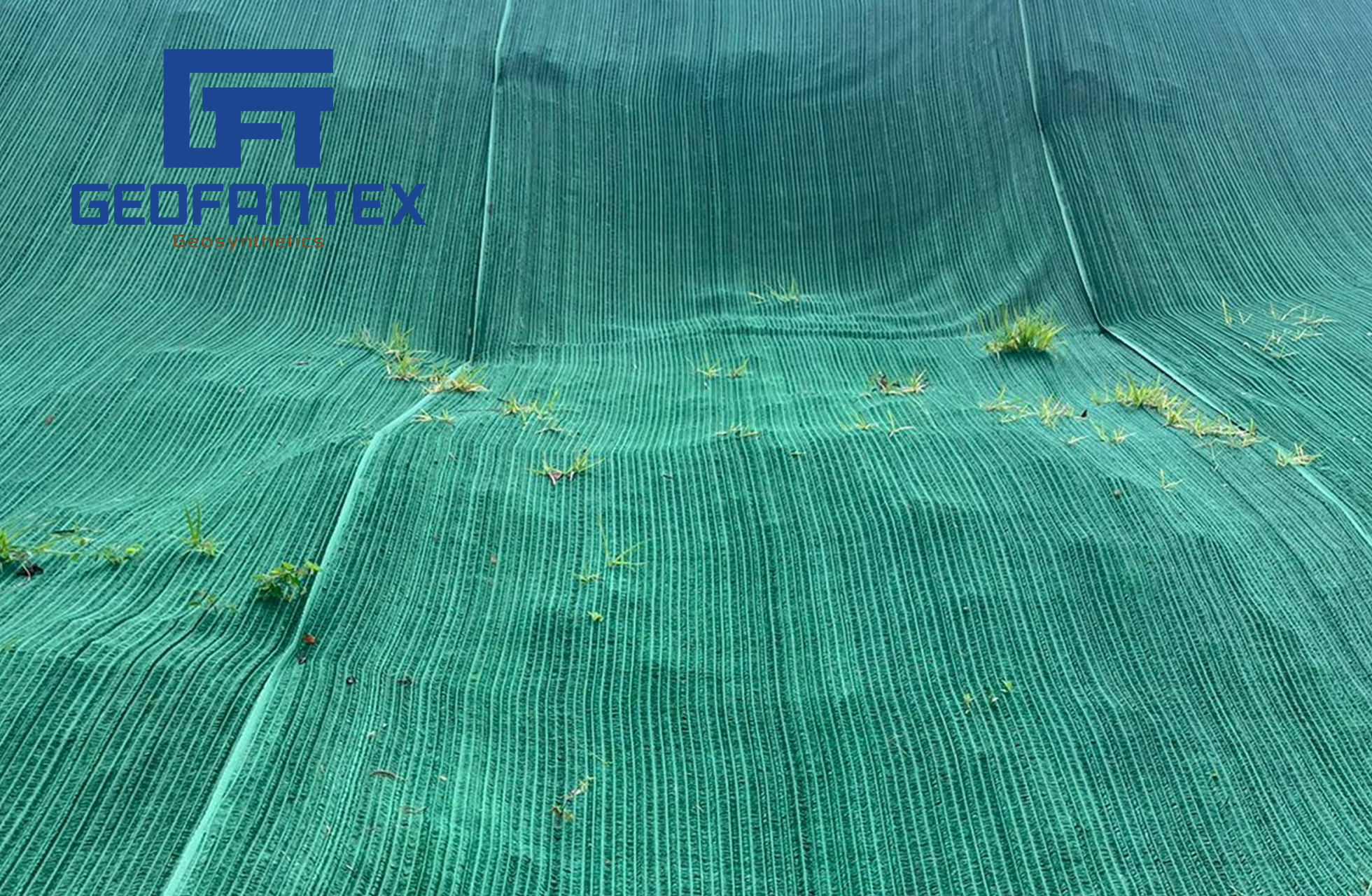+86-159 9860 6917
info@geofantex.com
geofantex@gmail.com
+86-400-8266163-44899
Geotextiles, often invisible yet crucial, are permeable fabrics used in civil engineering projects. Made from synthetic or natural fibers, these materials have revolutionized infrastructure development with their versatility and functionality. This article explores how geotextiles are shaping the construction landscape, improving sustainability, and solving engineering challenges across the globe.
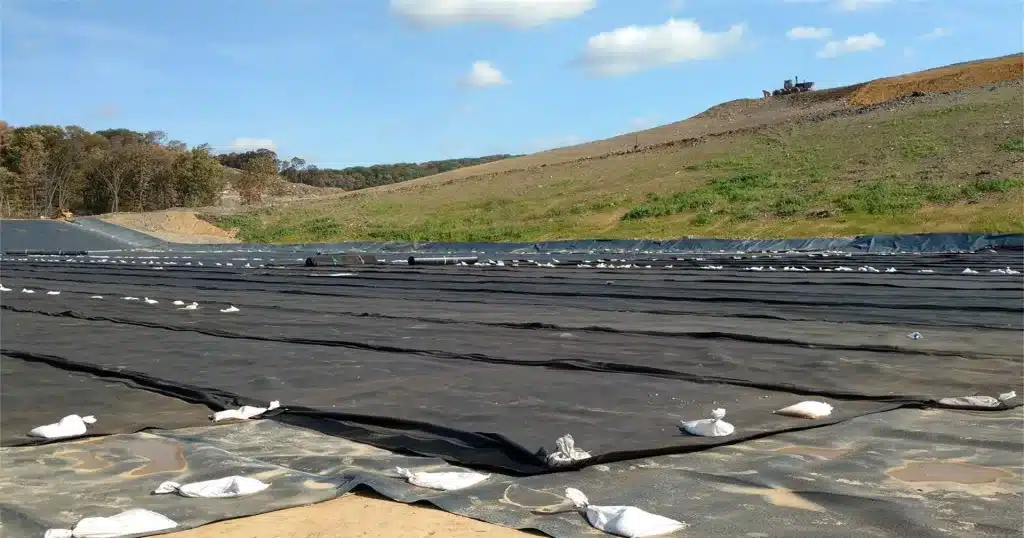
What Exactly Are Geotextiles?
Geotextiles are synthetic fabrics made from polymer materials like polyester and polypropylene. They are commonly used in construction and civil engineering projects to improve soil stability, drainage, and erosion control. Geotextiles come in three types: woven, nonwoven, and knitted, each serving specific purposes like reinforcement, filtration, and separation.
Key Functions:
- Separation: Prevents soil layers from mixing.
- Reinforcement: Adds strength to soil for improved load-bearing.
- Filtration: Allows water to pass through while blocking soil particles.
- Drainage: Aids in water flow, preventing waterlogging.
- Erosion Control: Stabilizes soil, preventing erosion on slopes or riverbanks.
Geotextiles are essential in road construction, drainage systems, and environmental protection projects.
How Do Geotextiles Contribute to Environmental Sustainability?
Geotextiles support environmental sustainability in several ways:
- Soil Erosion Control: They stabilize soil, preventing erosion and protecting water quality.
- Water Management: Geotextiles improve drainage, reducing waterlogging and runoff.
- Recycling and Durability: Made from recycled materials, they last longer, minimizing waste and reducing the need for replacements.
- Sustainable Infrastructure: They enhance the lifespan of roads and landfills, reducing the need for repairs.
- Lower Carbon Footprint: By reducing the need for heavy machinery and extra materials, they help lower carbon emissions in construction.
Geotextiles help create more sustainable, eco-friendly infrastructure.
What Are the Most Common Applications of Geotextiles?
The applications of geotextiles are vast and varied. They are extensively used in road construction to stabilize the foundation. In landscape engineering, they are used to prevent soil erosion and promote the healthy growth of vegetation. Geotextiles are also pivotal in creating effective drainage systems and are widely used in the construction of dams, embankments, and landfills to prevent contamination and ensure stability.
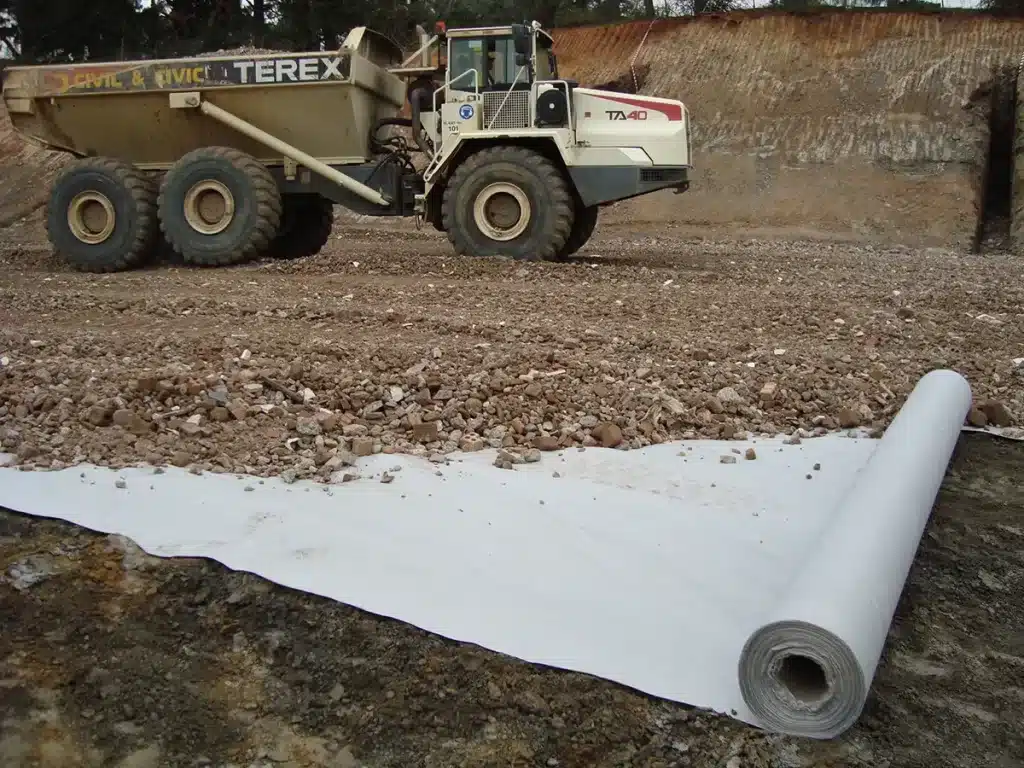
Are There Any Innovative Uses of Geotextiles That Are Gaining Popularity?
One innovative application of geotextiles is in the area of green roofing systems, where they are used to support plant life on rooftops, contributing to urban heat reduction and providing better insulation. Additionally, geotextiles are being explored in coastal protection projects to mitigate the effects of rising sea levels and increased storm surge activity, showcasing their adaptability to climate change challenges.
Geotextiles are a cornerstone of modern construction, offering a blend of durability, versatility, and environmental protection. Their ability to resolve key engineering challenges while promoting ecological balance underscores their value in today’s infrastructure projects. As the world moves towards more sustainable construction practices, the role of geotextiles is set to become even more significant, making them indispensable in the quest for innovative and eco-friendly engineering solutions.

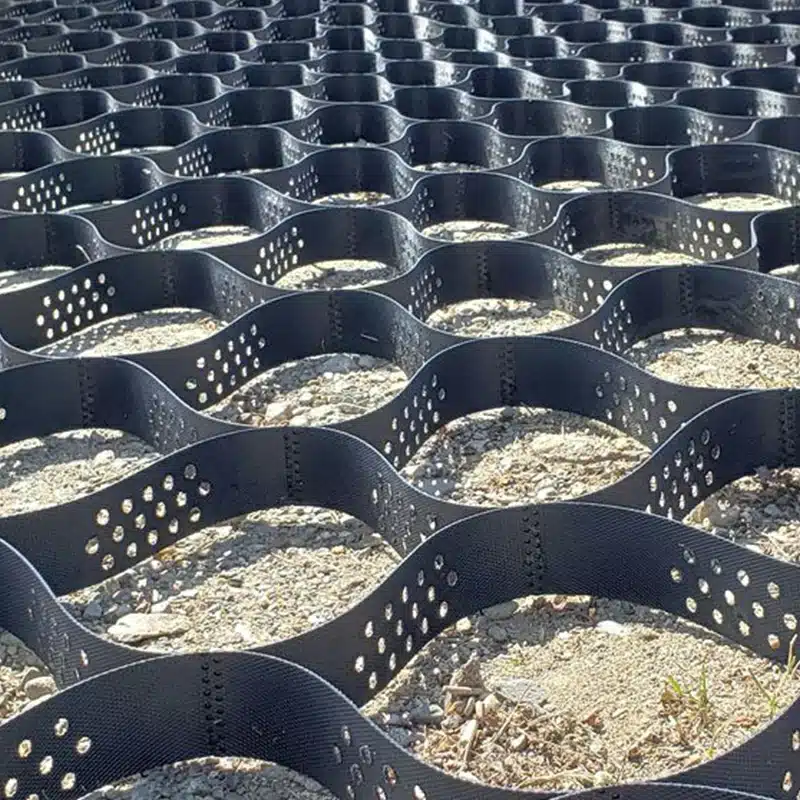
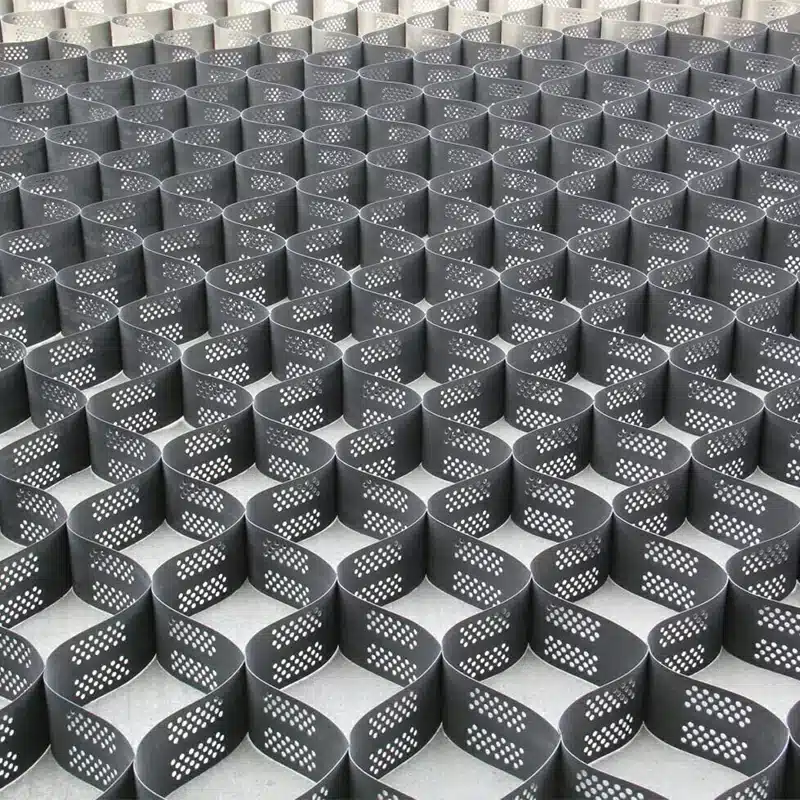
Get Free Sample
We’ll respond as soon as possible(within 12 hours)


















